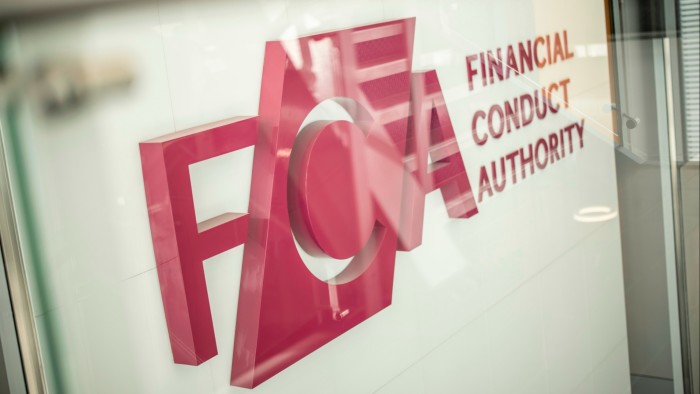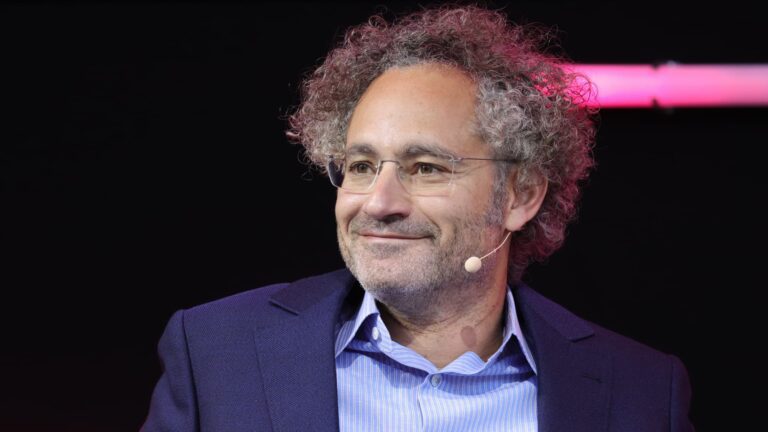
Jerome H. Powell, the Federal Reserve chair, said on Thursday that he would expect to continue with a slower pace of interest rate increases after central bankers skipped raising interest rates in June for the first time in 11 policy meetings — but he didn’t rule out that officials could return to back-to-back rate moves.
“It may be that we don’t move for a meeting, and then move at a meeting,” Mr. Powell said.
Speaking at a conference in Madrid, he reiterated an assertion he made a day earlier that he wouldn’t take future rate increases at consecutive meetings “off the table.” But he added that he would expect a more patient approach to persist.
“We did take one meeting where we didn’t move, so that’s in a way a moderation of the pace,” he explained. “So I would expect something like that to continue, assuming the economy evolves about as expected.”
Mr. Powell noted, however, that the economy “has a tendency to do something different” than policymakers anticipate.
Fed officials raised interest rates rapidly in 2022, making a string of three-quarter-point increases. They slowed to a half-point move late last year, and have been progressively moving toward smaller, and now more intermittent, adjustments.
Raising interest rates is like hitting the brakes on economic growth: It slows consumer and business demand in order to bring down inflation. Lifting rates more gradually is akin to tapping the brake pedal less firmly. Fed officials are still slowing the economy, but they are trying to avoid an unnecessarily jarring halt.
For now, central bankers at the Fed expect to raise their policy rate two more times in 2023, from just above 5 percent to just above 5.5 percent. If those moves happen at an every-other-meeting pace, that could mean rate increases at the central bank’s meetings in July and November.
But significant uncertainty clouds that forecast. Investors put a low — though rising — probability on two more rate increases by the end of the year. They’re betting that it’s more likely that the Fed will make only one more rate increase in 2023, as the economy slows and inflation cools.
Mr. Powell noted that the Fed has repeatedly been wrong in the other direction, overestimating how quickly price increases moderate.
“We’ve all seen inflation be — over and over again — shown to be more persistent and stronger than we expected,” he said.
“It wouldn’t have been thinkable to have a 5 percent interest rate before the pandemic,” he later added. “And now the question is — is that tight enough policy?”






